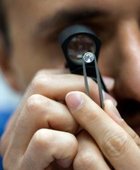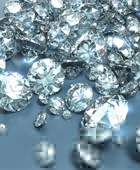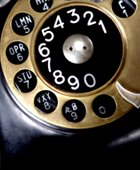Heirloom diamonds are more than just precious stones; they are symbols of history, family heritage, and exceptional craftsmanship. Whether inherited, bought, or sold, these diamonds often carry unique historical and sentimental value that differentiates them from modern commercial stones. Understanding the significance of heirloom diamonds requires knowledge of their historical context, authentication processes, valuation methods, and best practices for buying or selling them.
In this first part, we will explore the characteristics of heirloom diamonds, factors that determine their historical significance, authentication and certification processes, and key considerations when buying these valuable gems. The second part will focus on how to sell heirloom diamonds, market trends, and strategies to maximize their value.
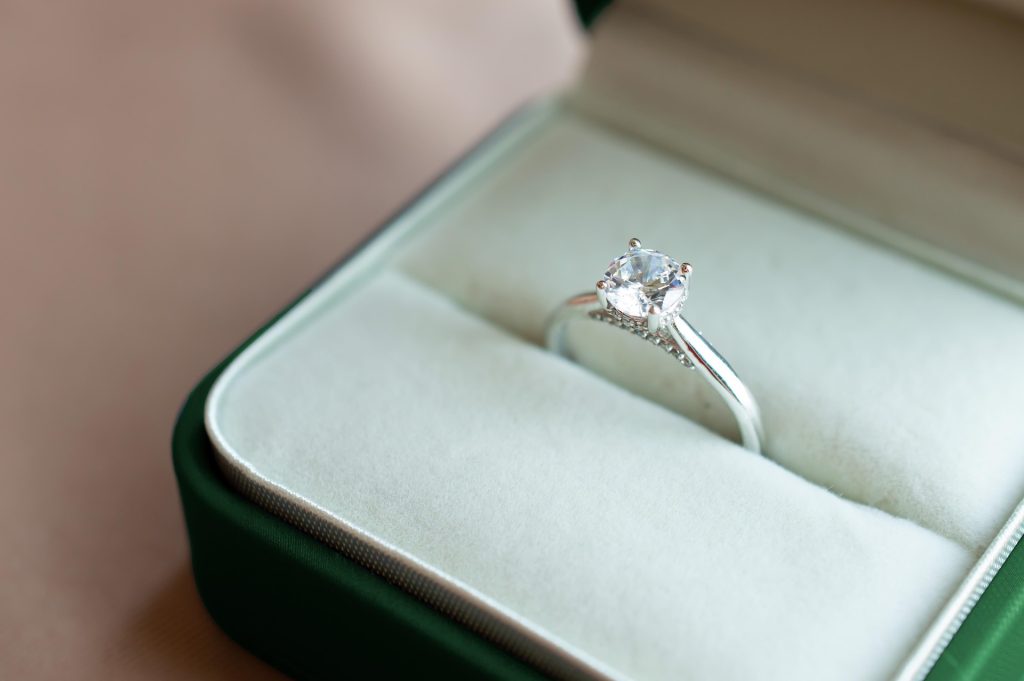
Understanding Heirloom Diamonds
Heirloom diamonds are antique or vintage diamonds that have been passed down through generations. These stones are often found in engagement rings, necklaces, brooches, and other family jewelry. Unlike newly mined diamonds, heirloom diamonds have a historical narrative, often reflecting the artistic and cultural influences of their era.
Characteristics of Heirloom Diamonds
Several factors distinguish heirloom diamonds from contemporary stones:
-
Cut and Style – Older diamonds often feature cutting techniques that differ from modern precision cuts. Some common antique cuts include:
- Old Mine Cut (1700s–1800s): A predecessor to the modern brilliant cut, often cushion-shaped with irregular facets.
- Old European Cut (late 1800s–early 1900s): A rounder cut with a high crown and smaller table, popular in Victorian and Edwardian jewelry.
- Rose Cut (1500s–early 1900s): A flat-bottomed diamond with a domed top and triangular facets, often found in Georgian and Victorian jewelry.
- Asscher Cut & Emerald Cut (1920s–1930s): These cuts gained popularity in the Art Deco period and feature step-cut facets.
-
Historical Settings and Mounts – Many heirloom diamonds are set in unique antique settings, such as:
- Victorian Era (1837–1901): Ornate designs with floral motifs, filigree, and yellow or rose gold settings.
- Edwardian Era (1901–1915): Platinum was introduced, with intricate lacy designs and milgrain details.
- Art Deco (1920s–1930s): Geometric and symmetrical designs with white gold or platinum settings.
- Retro (1940s–1950s): Bold and glamorous settings often featuring large stones with mixed metals.
-
Historical Provenance – Some heirloom diamonds have significant historical backgrounds, having been owned by notable individuals, featured in royal collections, or linked to historical events. Provenance can add significant value to an heirloom diamond.
-
Natural vs. Treated Diamonds – Many older diamonds are untreated, making them more desirable to collectors. Modern enhancements like laser drilling or HPHT (High Pressure High Temperature) treatments were not available in past centuries.
Authenticating Heirloom Diamonds
Before buying an heirloom diamond, it is essential to verify its authenticity. Here are the key steps in the authentication process:
1. Gemological Certification
Having an heirloom diamond assessed by a reputable gemological laboratory is critical. Organizations like the Gemological Institute of America (GIA) and American Gem Society (AGS) provide certificates detailing the diamond’s cut, color, clarity, and carat weight.
2. Hallmarks and Maker’s Marks
Antique jewelry often carries hallmarks or engravings indicating the metal’s purity, manufacturer, or country of origin. These marks can help date the piece and determine its historical significance.
3. Spectroscopic and Microscopic Analysis
Advanced gemological tools can detect age-related characteristics, such as:
- Inclusion patterns that suggest older mining and cutting methods.
- UV fluorescence reactions typical of older diamonds.
- Wear patterns on facets indicating manual cutting techniques.
4. Provenance Documentation
If the diamond has historical significance, any accompanying documentation (e.g., family records, auction house paperwork, museum certificates) can validate its provenance.
Buying an Heirloom Diamond: Key Considerations
When purchasing an heirloom diamond, buyers should conduct thorough research and take the following factors into account:
1. Where to Buy Heirloom Diamonds
Heirloom diamonds can be found in a variety of markets:
- Auction Houses: Reputable auction houses like Christie’s, Sotheby’s, and Bonhams often feature heirloom diamonds with verified provenance.
- Estate Jewelry Dealers: Specialized dealers offer curated selections of antique diamonds.
- Online Marketplaces: Websites such as 1stdibs and Lang Antiques provide access to verified heirloom jewelry.
- Family Heirlooms and Private Sellers: Buying directly from families or collectors can offer rare opportunities but requires extra diligence.
2. Evaluating Quality and Value
Unlike modern diamonds, heirloom diamonds may not conform to standard grading reports. Buyers should prioritize:
- Historical value over carat weight – Older diamonds with unique cuts may be rarer than large but commonly available stones.
- Authenticity over modern enhancements – A naturally preserved diamond may be more valuable than a recut or enhanced one.
- Jewelry craftsmanship – The setting and overall artistry of an antique piece can significantly impact value.
3. Ethical and Sustainability Considerations
One of the key advantages of heirloom diamonds is their ethical and sustainable nature. Since these diamonds have been previously owned, they do not contribute to new mining activities. Buyers looking for sustainable luxury often prefer heirloom diamonds over newly mined ones.
4. Price and Investment Potential
The price of an heirloom diamond depends on multiple factors, including:
- Rarity of the cut and era – Certain antique cuts or historical settings may command higher premiums.
- Condition and wear – Diamonds with minimal damage or well-preserved settings are more desirable.
- Provenance and historical connections – Diamonds with a well-documented history often fetch higher prices.
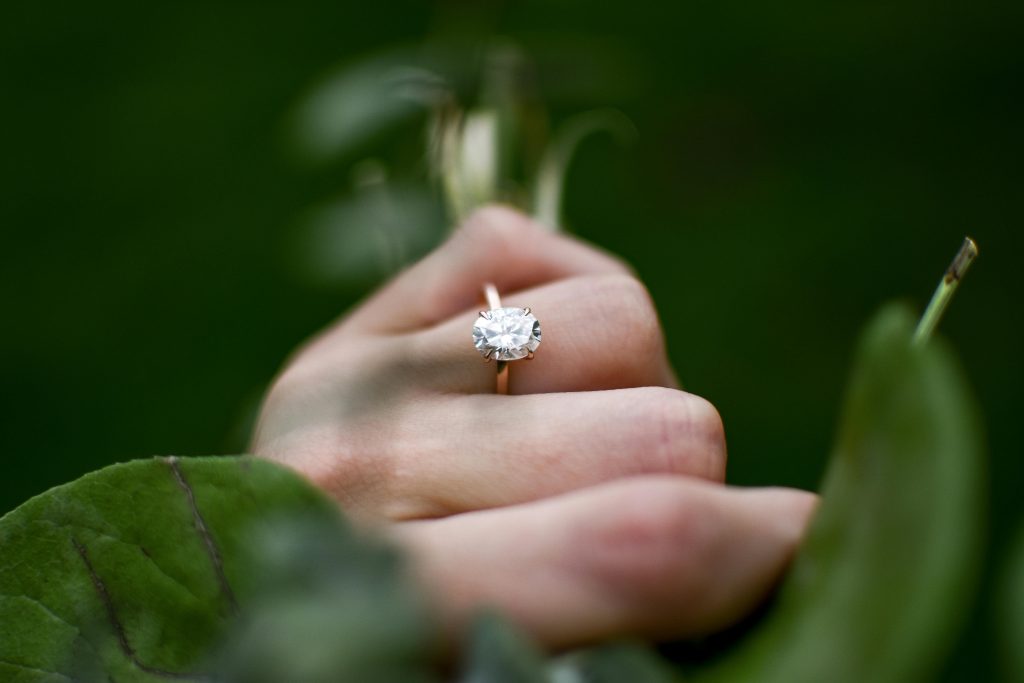
Selling an Heirloom Diamond
Selling an heirloom diamond requires careful planning, as historical significance, condition, and market demand all influence pricing. Unlike contemporary diamonds, which follow standardized valuation metrics, heirloom diamonds often have unique appeal, requiring specialized knowledge to secure the best possible price.
1. Understanding the Value of Your Heirloom Diamond
The value of an heirloom diamond is influenced by multiple factors beyond just the traditional 4Cs (carat, cut, color, clarity). Key aspects that affect its worth include:
A. Historical Significance
- If the diamond belonged to a famous figure or was part of a historic jewelry collection, it can significantly increase in value.
- Period-specific styles (Victorian, Edwardian, Art Deco) can also impact desirability.
- Any provenance documentation, such as family records or auction house certificates, adds credibility and value.
B. Cut and Rarity
- Antique cuts like Old Mine, Old European, or Rose Cut diamonds are rarer than modern cuts and may appeal to collectors.
- Diamonds with minimal recutting or modifications tend to retain higher value due to their authenticity.
C. Condition of the Stone and Setting
- Natural wear and minor imperfections may be acceptable for antique pieces, but significant damage can reduce desirability.
- Intact original settings, especially those from sought-after historical periods, add to overall value.
2. Where to Sell an Heirloom Diamond
The right selling avenue depends on the diamond’s uniqueness, market trends, and personal preference. Below are the primary channels for selling an heirloom diamond:
A. Auction Houses
- Best for: High-value or historically significant diamonds.
- Pros: Auctions attract collectors willing to pay premiums for rare items, and auction houses provide authentication and marketing support.
- Cons: High commission fees (ranging from 10% to 25%) and uncertainty regarding the final sale price.
- Examples: Christie’s, Sotheby’s, Bonhams, Heritage Auctions.
B. Estate and Antique Jewelry Dealers
- Best for: Well-preserved heirloom diamonds with collectible value.
- Pros: Experts in vintage jewelry can provide fair evaluations and immediate payment.
- Cons: Offers may be lower than the market value due to the dealer’s resale margin.
C. Online Marketplaces
- Best for: Those willing to manage the selling process independently.
- Pros: Direct selling to collectors can lead to better profits. Online platforms provide global reach.
- Cons: Requires time and effort for listing, authentication, and negotiation.
- Examples: 1stDibs, Ruby Lane, Worthy, eBay (for lower-value items).
D. Private Sales
- Best for: Sellers with personal connections to collectors or jewelry enthusiasts.
- Pros: Potential for a higher price with no intermediary fees.
- Cons: Requires strong networking, and negotiations can be complex.
E. Pawnshops and Local Jewelry Stores
- Best for: Those seeking an immediate sale.
- Pros: Quick transactions, cash offers.
- Cons: Offers are typically lower than the diamond’s true market value.
3. Preparing an Heirloom Diamond for Sale
Before selling an heirloom diamond, it is essential to take preparatory steps to ensure a smooth transaction and maximize its value.
A. Get a Professional Appraisal
- A certified gemologist or appraiser specializing in antique diamonds can assess the diamond’s market value.
- Organizations like the GIA (Gemological Institute of America) or the American Society of Appraisers (ASA) provide professional evaluations.
B. Obtain Certification and Documentation
- If the diamond has not been previously certified, obtaining a GIA grading report can increase buyer confidence.
- Any historical documents, such as auction records, previous appraisals, or ownership history, should be gathered.
C. Consider Cleaning and Restoration
- While some minor cleaning may enhance the diamond’s appearance, full restoration should be approached carefully.
- DO NOT over-polish or recut an antique diamond, as this can reduce its historical authenticity and value.
4. Market Trends for Heirloom Diamonds
The demand for heirloom diamonds fluctuates based on collector interest, fashion trends, and ethical considerations. Some current trends include:
A. Rise in Demand for Sustainable Jewelry
- Many buyers prefer heirloom diamonds as an ethical alternative to newly mined stones, aligning with sustainability movements.
- The circular economy in the jewelry industry is growing, increasing interest in second-hand and vintage diamonds.
B. Popularity of Vintage and Antique Styles
- Art Deco and Victorian-era diamonds are in high demand, particularly among collectors and luxury designers.
- Celebrities and influencers promoting vintage jewelry contribute to renewed interest in heirloom diamonds.
C. Investment Potential
- Some heirloom diamonds appreciate in value, especially if they are rare, have historical provenance, or are associated with renowned jewelry houses (Cartier, Van Cleef & Arpels, Tiffany & Co.).
- Diamonds from significant historical periods tend to be more stable as investments compared to newly cut stones.
5. Negotiating the Best Price for Your Heirloom Diamond
Effective negotiation is crucial when selling an heirloom diamond. Key strategies include:
A. Researching Comparable Sales
- Reviewing past auction results and market listings provides insight into realistic pricing expectations.
B. Understanding Buyer Motivations
- Collectors value authenticity, history, and rarity, while resellers focus on profit margins.
- Tailoring the sales pitch to the buyer’s interest can increase perceived value.
C. Setting a Realistic Price Range
- Instead of listing a single price, setting a flexible range allows for negotiation while ensuring profitability.
D. Leveraging Multiple Offers
- Seeking offers from various buyers (auction houses, collectors, dealers) can provide leverage in negotiations.
Conclusion: Buying and Selling Heirloom Diamonds with Confidence
Heirloom diamonds are more than just valuable gemstones—they are historical artifacts with unique narratives. Whether buying or selling, understanding their historical significance, authentication processes, and market dynamics is essential for making informed decisions.
For buyers, prioritizing authenticity, craftsmanship, and provenance ensures a worthwhile investment. For sellers, choosing the right sales channel, preparing the diamond for sale, and staying informed about market trends will maximize value.
By approaching the heirloom diamond market with knowledge and strategic planning, buyers and sellers alike can preserve history while securing financial returns.


